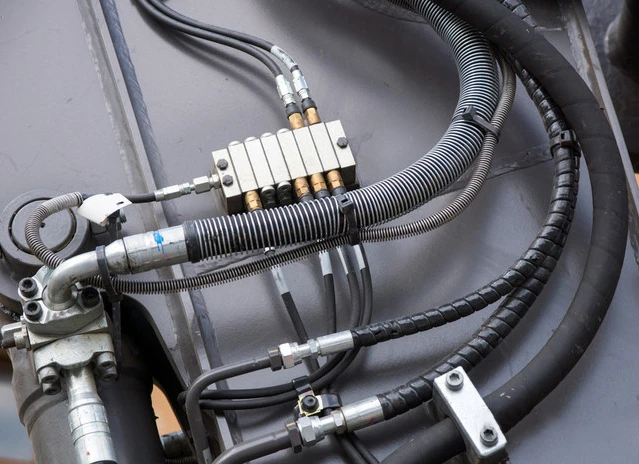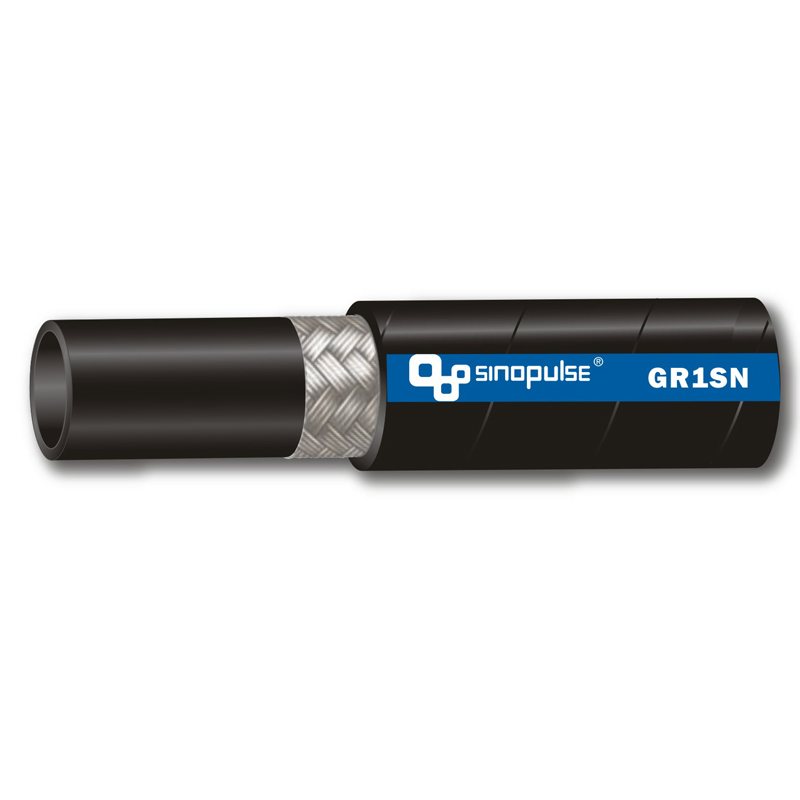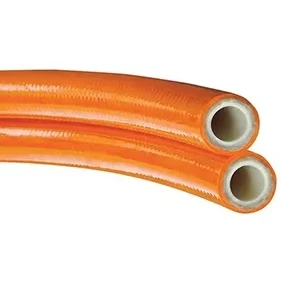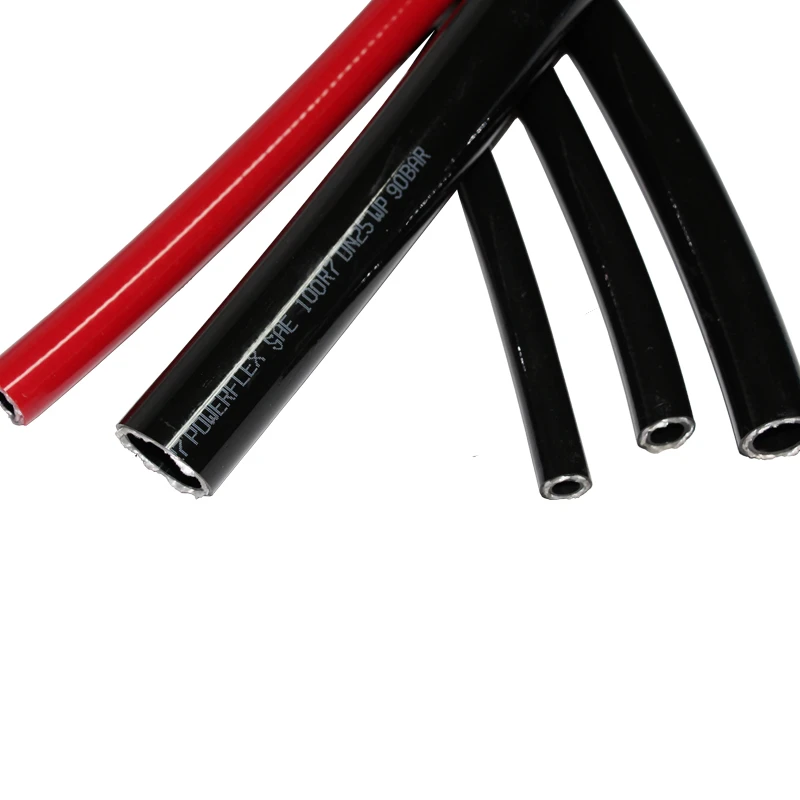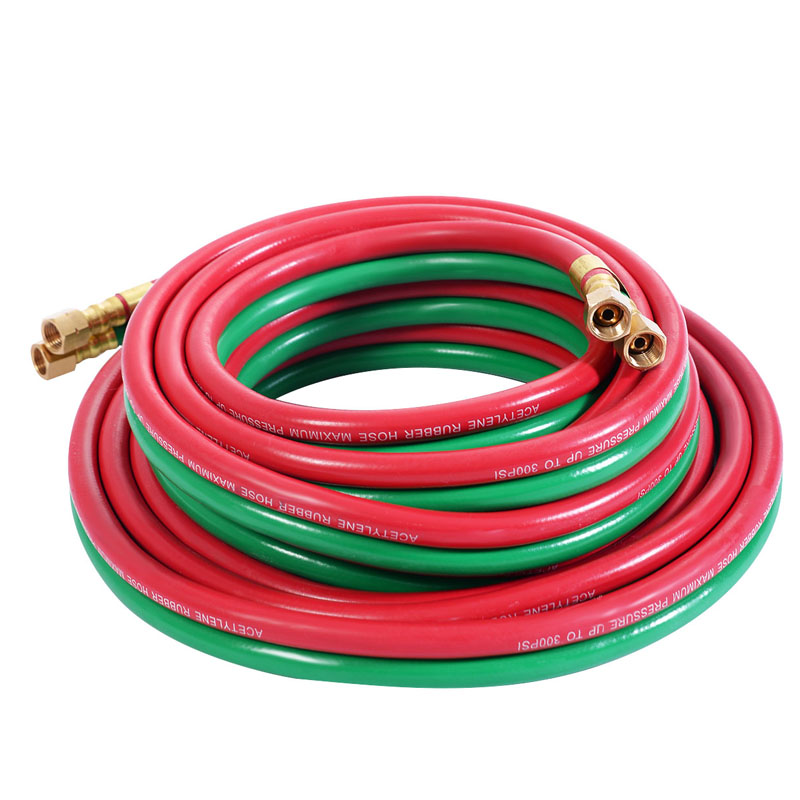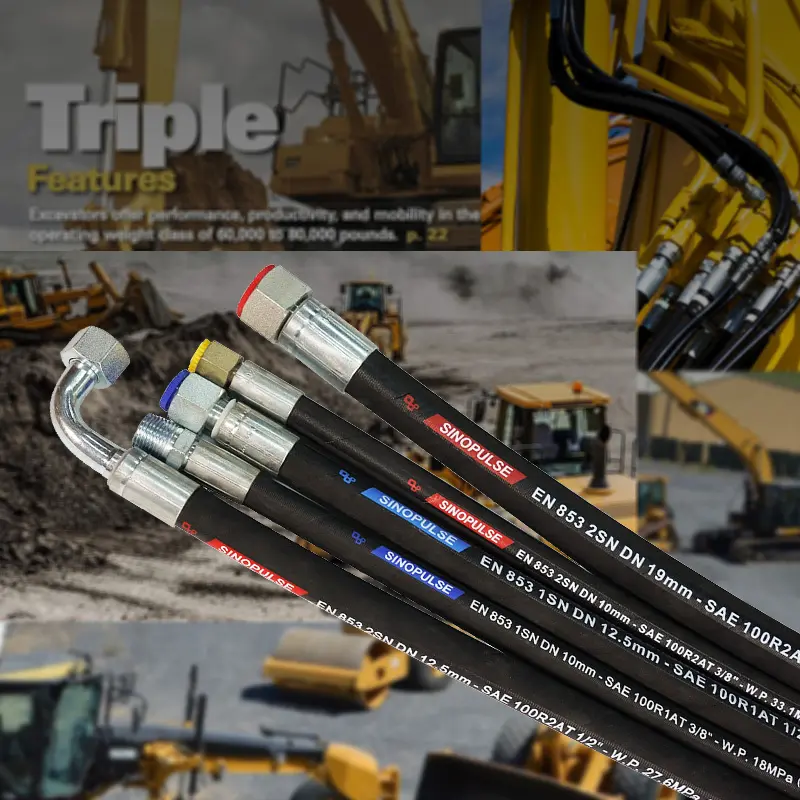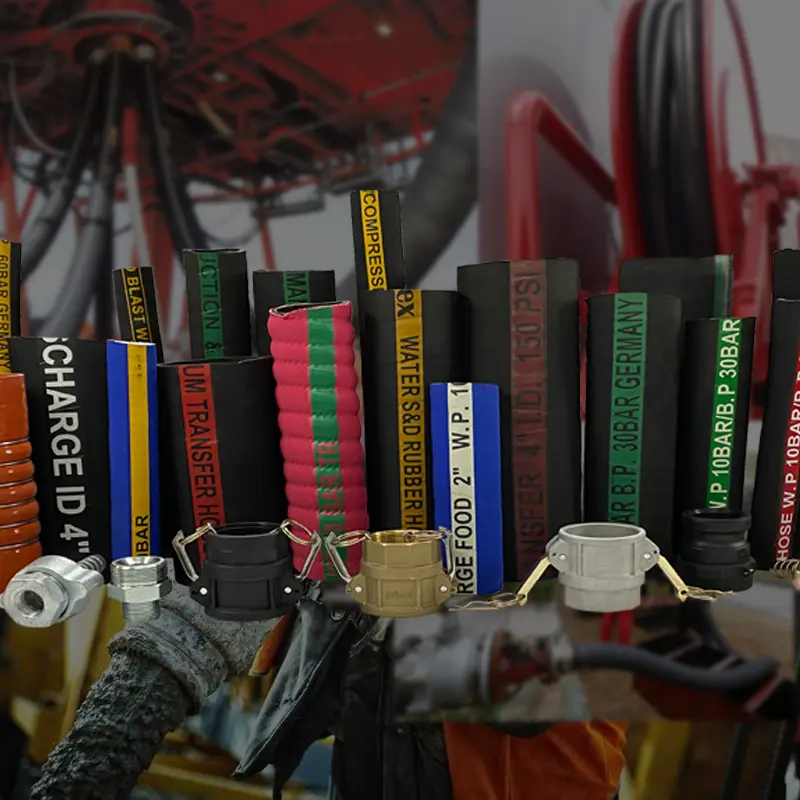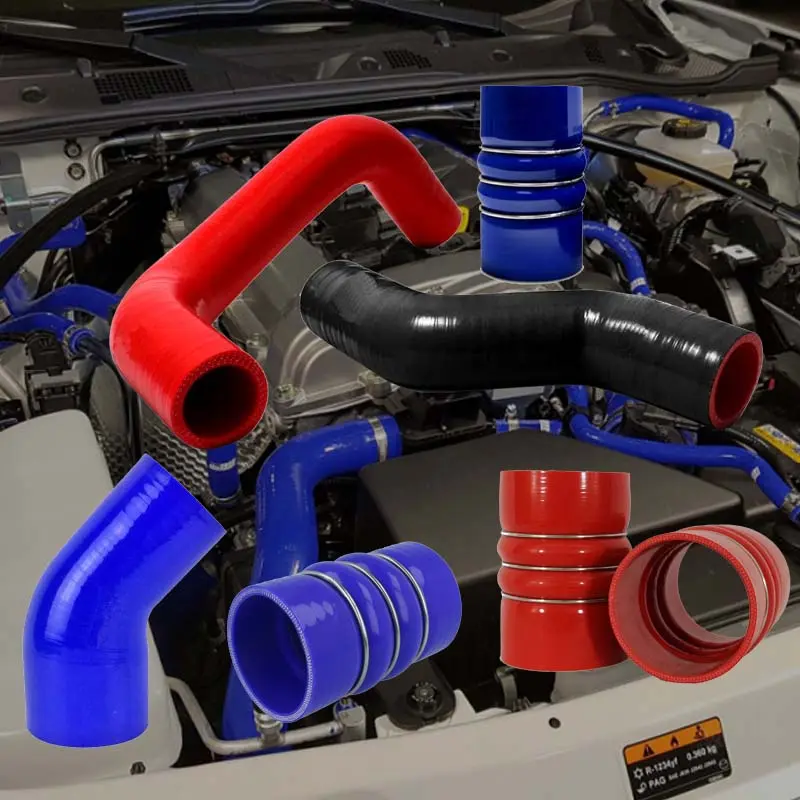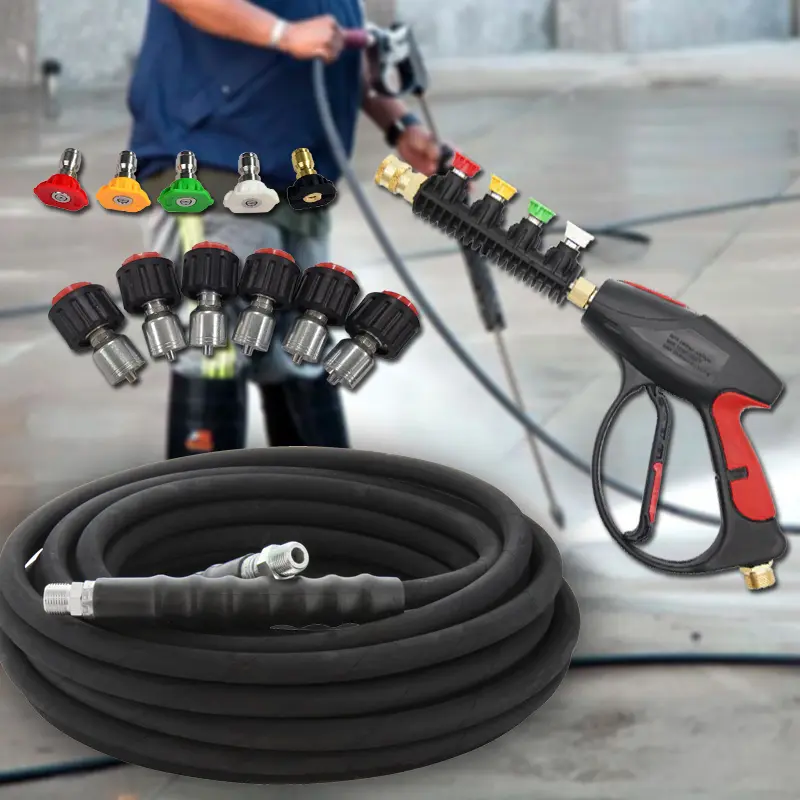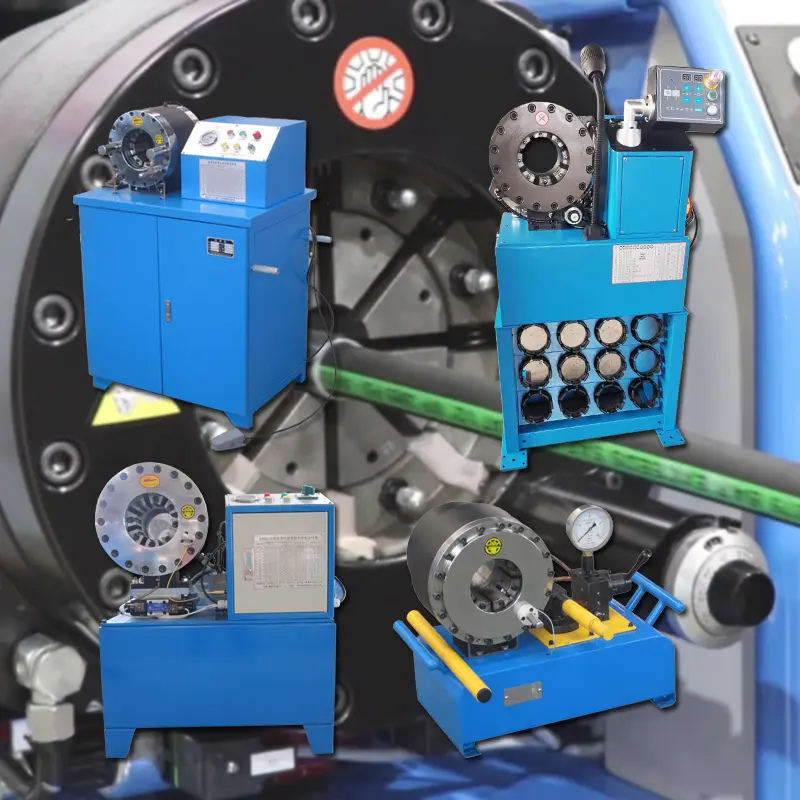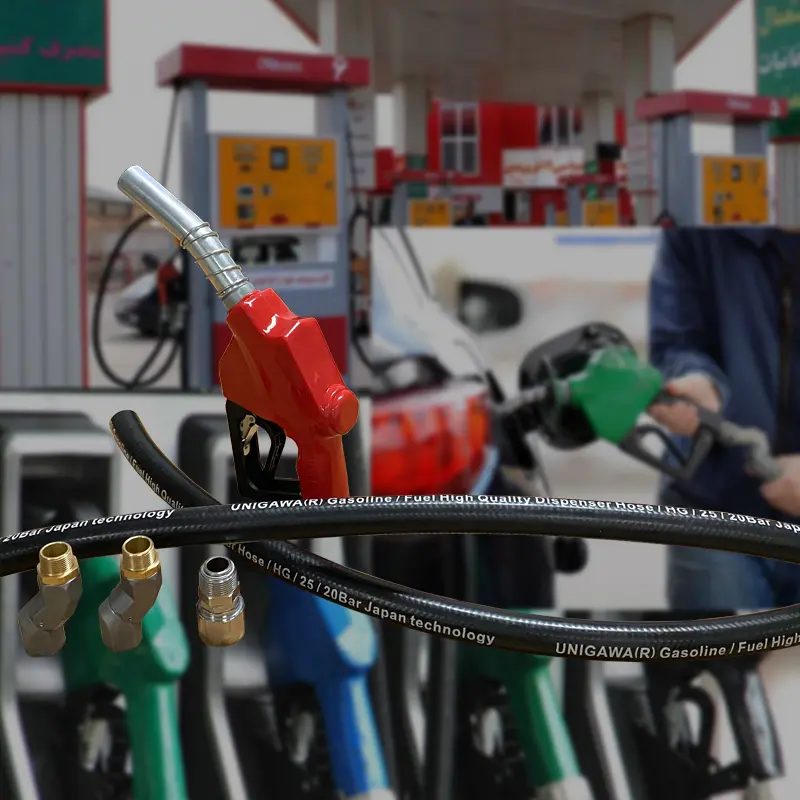The hydraulic industry continues to evolve with increasing demands for efficiency and safety, with SAE100 R7 thermoplastic hydraulic hoses emerging as a critical component in modern industrial applications. Engineered to withstand extreme pressures and harsh environments, these hoses represent significant advancements in hydraulic technology that offer superior performance over traditional alternatives.
SAE 100R7 hydraulic hoses feature an innovative design with a thermoplastic tube, one high-tensile synthetic yarn braided reinforcement layer, and an MSHA-accepted cover material (either high-flexibility nylon or thermoplastic) that operates effectively across temperatures ranging from -40℃ to +93℃.
SAE100 R7 Thermoplastic Hydraulic Hose
Manufactured by HEBEI SINOPULSE TECH GROUP CO.,LTD., our sae100r7 hose delivers unmatched durability and reliability. The unique construction provides exceptional resistance to abrasion, corrosion, and kinking while maintaining flexibility under high-pressure conditions.
Key advantages include:
- Superior hydraulic fluid compatibility compared to rubber hoses
- Reduced weight (approximately 40% lighter than equivalent SAE 100R1 AT hose)
- Extended service life due to enhanced construction materials
- MSHA certification for mining safety compliance
Technical Specifications and Performance Data
The 100r7 hose conforms to strict SAE standards, ensuring consistent performance across applications. Below are the comprehensive technical specifications based on industry testing and manufacturer data:
| Parameter | Value | Unit | Testing Standard |
|---|---|---|---|
| Working Pressure Range | 250-4,500 | PSI | SAE J517 |
| Burst Pressure | 4x Working Pressure | PSI | ISO 6803 |
| Minimum Bend Radius | 3x Hose Diameter | mm/inches | SAE J517 Annex A |
| Operating Temperature Range | -40°C to +93°C | °C/°F | ISO 7326 |
| Impulse Testing Cycles | 150,000+ | Cycles | ISO 6803 |
| Tube Material | High-grade Thermoplastic Resin | ||
| Reinforcement | Single High-Tensile Synthetic Braid (Polyester or Aramid) | ||
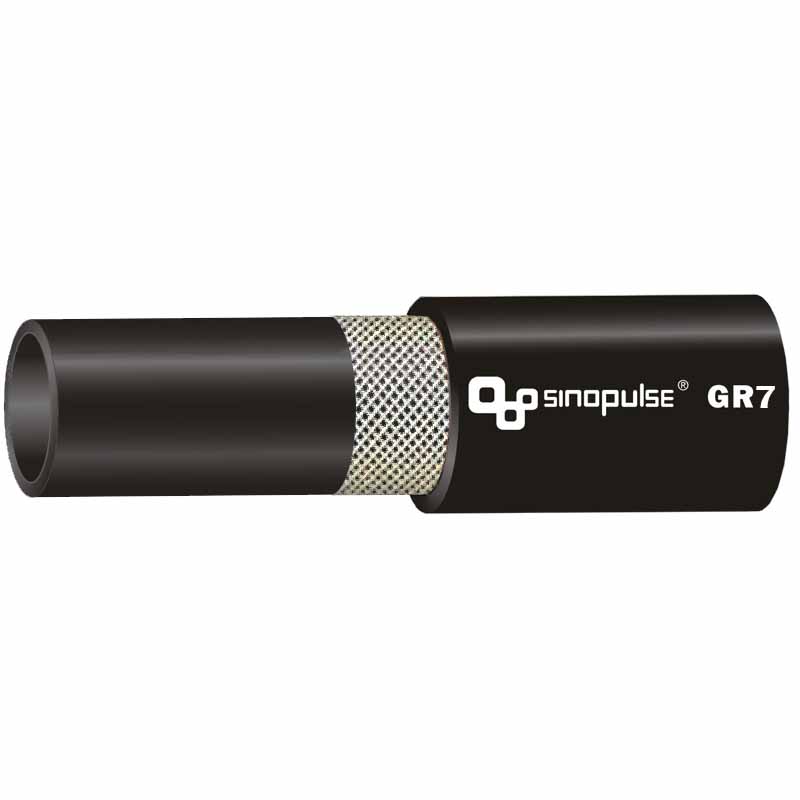
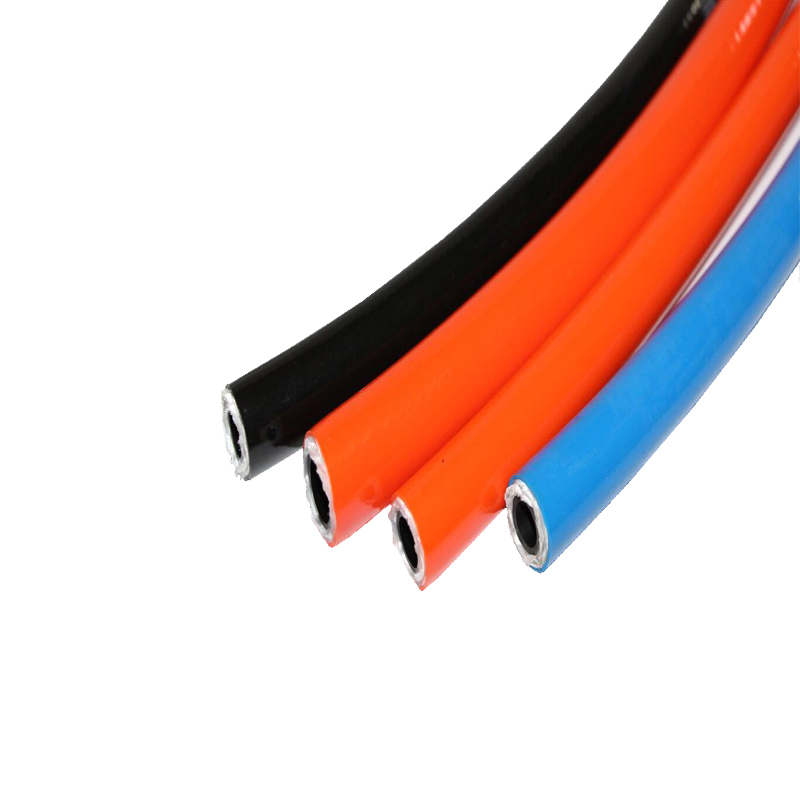
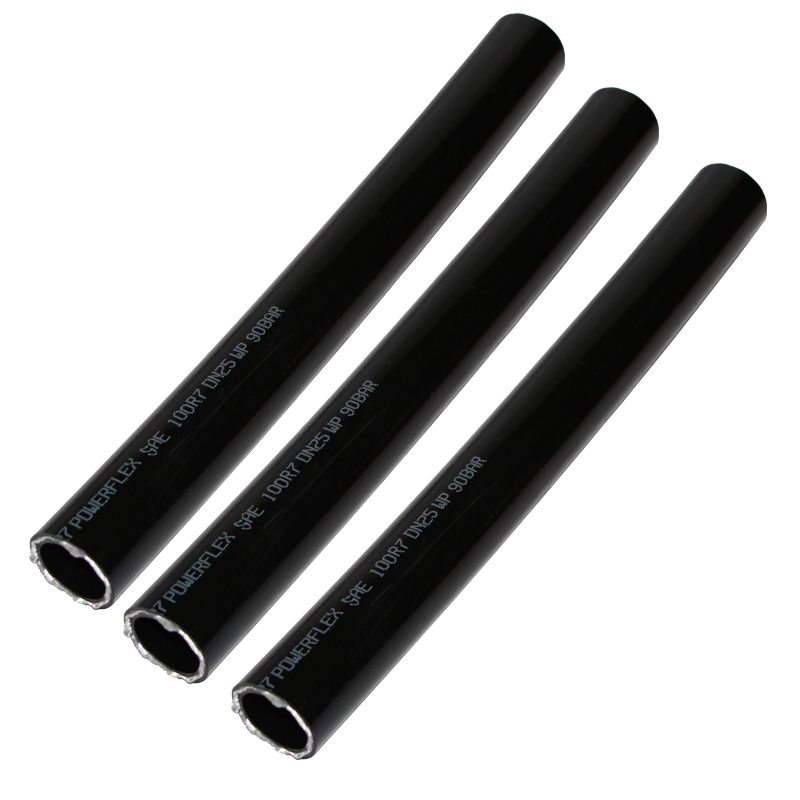
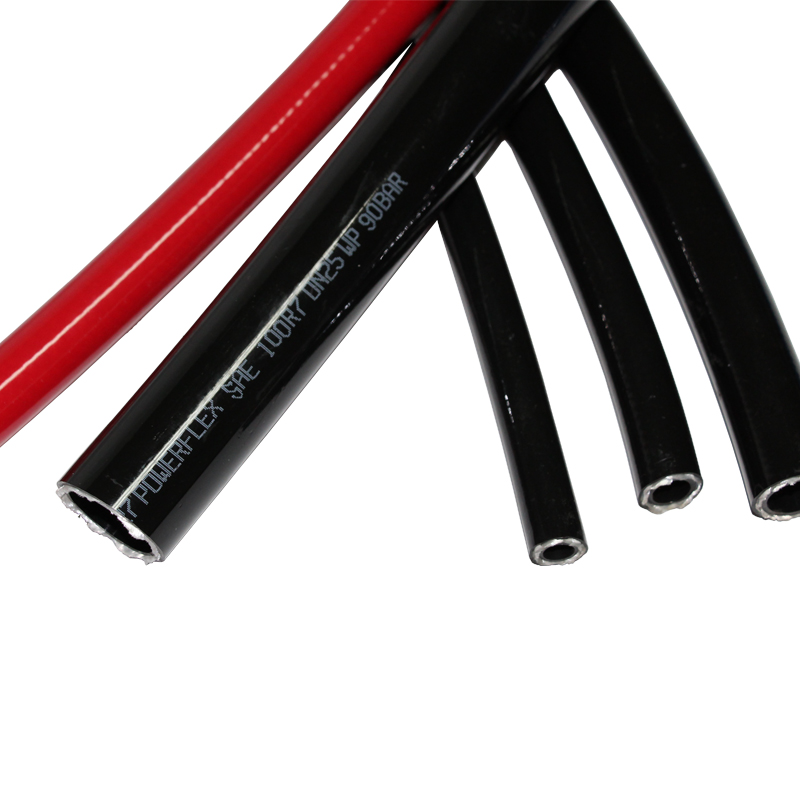
Performance Data Visualization
The following charts illustrate key performance characteristics of sae100 r7 compared to other hydraulic hose standards:
Industrial Applications and Use Cases
The exceptional durability and flexibility of 100r7 hose solutions make them ideal for demanding industrial environments including:
Mobile Hydraulic Equipment
In construction machinery like excavators, loaders, and cranes, sae100r7 provides the perfect balance between flexibility and pressure resistance required for boom movements and hydraulic actuation systems. Mining operations specifically benefit from the MSHA-approved cover materials that resist abrasion from rock surfaces.
Manufacturing Automation
Factory automation systems increasingly utilize SAE 100 R7 hoses for robotic arms, hydraulic presses, and precision CNC machinery where consistent pressure delivery and resistance to hydraulic oil degradation are critical for production quality.
Agricultural Machinery
The temperature resistance of sae100 r7 hoses makes them particularly suitable for harvesters and tractors that operate in extreme weather conditions. Their lighter weight contributes to improved fuel efficiency in modern farm equipment.
Marine and Offshore
With enhanced corrosion resistance to salt water and hydraulic fluids, sae100r7 is becoming the preferred choice for hydraulic steering systems, winches, and crane operations on vessels and offshore platforms.
Technical FAQ: SAE100 R7 Hydraulic Hose
While both fall under SAE 100 specifications, R7 thermoplastic hoses differ significantly from traditional R1 rubber hoses. The sae100r7 uses advanced thermoplastic materials that reduce weight by 40% while increasing chemical resistance and flexibility. The reinforcement structure features a single high-tensile synthetic braid rather than multiple steel wire braids used in R1 hoses.
100r7 hose demonstrates superior compatibility with petroleum-based hydraulic fluids (ISO 32, 46, 68), biodegradable oils, high water-based fluids (HFA, HFB, HFC), and synthetic esters. The thermoplastic tube resists swelling and degradation better than traditional rubber compounds, especially with fire-resistant hydraulic fluids.
Operating within the specified range of -40°C to 93°C is essential for optimal performance. Below -40°C, the hose may stiffen temporarily but regains flexibility at normal temperatures. Prolonged exposure above 93°C reduces service life as the thermoplastic material softens beyond design parameters. Temporary peak temperatures up to 121°C are acceptable for short durations.
Installation should follow these guidelines: ensure hose length accommodates thermal expansion (+2% to +4% at max temperature); maintain bend radius ≥3x hose OD; avoid twisting during assembly; use fittings specifically designed for thermoplastic hoses with appropriate inserts; protect against abrasion at mounting points; and test at 1.5x working pressure before commissioning.
Standard service life depends on operating conditions: continuous use at max pressure/temperature requires replacement every 2 years; normal operating conditions typically allow 3-5 years; conduct quarterly inspections for abrasion, kinks, or external damage; replace immediately if cover damage exposes reinforcement; monitor for increased flexibility which may indicate internal degradation.
Most sae100 r7 hoses can handle suction applications within specified pressure ranges, but confirm compatibility with manufacturer specifications as some constructions may collapse under high vacuum. Select reinforced suction models with helix wire inserts when vacuum levels exceed 20in Hg.
Our SAE 100 R7 hoses meet or exceed SAE J517, EN 853, ISO 18752, and MSHA standards. Additional certifications include RoHS compliance and DNV GL marine approval. Documentation packages with test certifications are available upon request.
Industry References and Technical Sources
- International Fluid Power Society: "Advances in Thermoplastic Hydraulic Hose Technology" https://www.ifps.org/resource-library/advances-thermoplastic-hydraulic-hose/
- SAE International: "SAE J517-2020 Hydraulic Hose Standard" https://www.sae.org/standards/content/j517_202002/
- Fluid Power Journal: "Comparative Analysis of Hydraulic Hose Standards" (2023) https://fluidpowerjournal.com/hydraulic-hose-standards-analysis/
- Mine Safety and Health Administration: "Hydraulic Hose Safety Standards for Mining Equipment" https://arlweb.msha.gov/technetwork/standards/
- International Organization for Standardization: "ISO 18752:2023 Rubber and thermoplastics hoses" https://www.iso.org/standard/79803.html
Product Application









